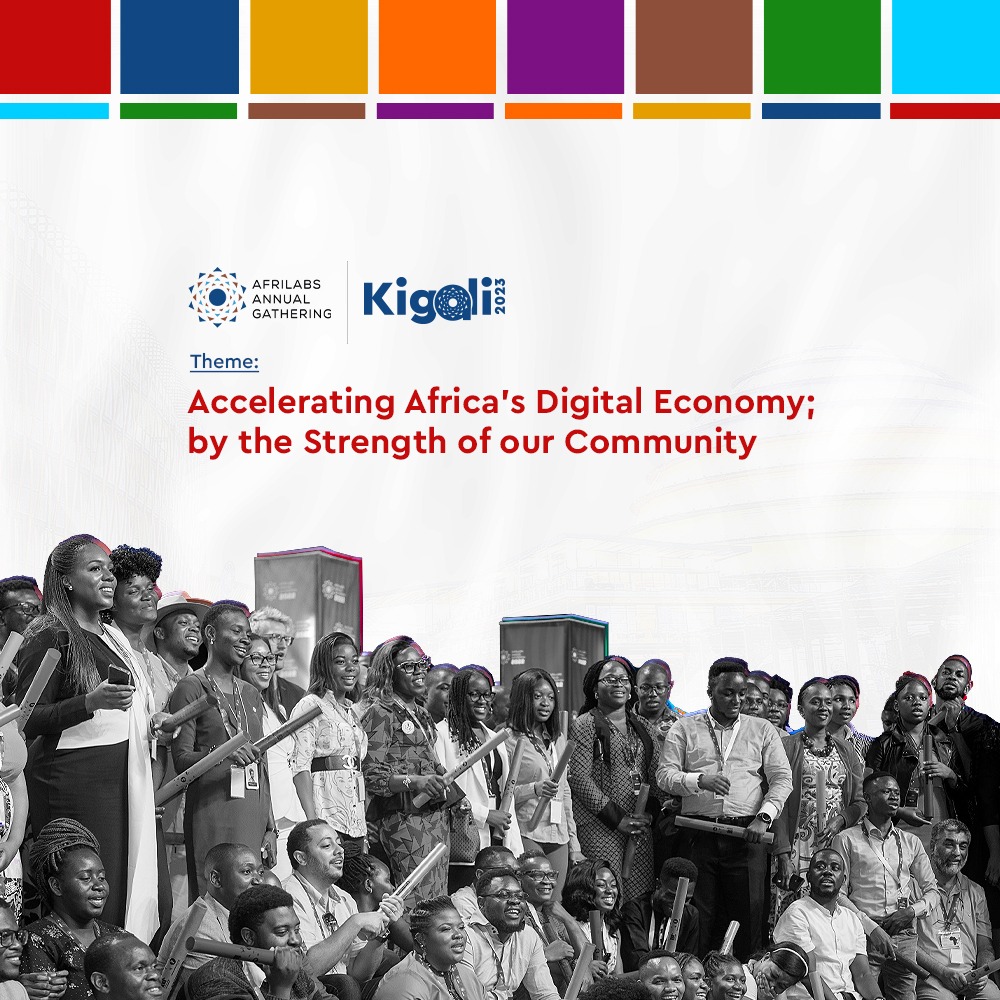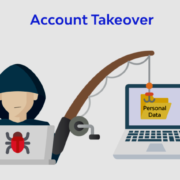Ever found yourself wondering about the optimal moments to deploy a chatbot in your workplace? Whether streamlining customer support, enhancing internal communication, or automating routine tasks, the timing of integrating a chatbot can significantly impact its effectiveness. The Dany AI team believes you will find it useful.
80% of businesses plan to integrate chatbots by 2020
A whopping 80% of businesses plan to integrate chatbots by 2020 – a telling statistic by Business Insider that conveys the rapid expansion and significance of chatbots in the workplace. What are the ideal moments to use a chatbot at work, though? This article will delve into the best times and situations to employ these intelligent, time-saving tools.
A Brief Introduction to Chatbots in the Workplace
According to theconversation, chatbots, artificial intelligence (AI) technology designed to mimic human interaction, have cracked open a brand new set of opportunities in the workplace. Bridging the gap between humans and machines, chatbots now facilitate streamlined communication, expedite inquiry responses, and even carry out mundane tasks.
RELATED: AI already adopted by 78% of software testers
According to the CEO of Dany AI, Mike Belson, “Chatbots are revolutionizing the workforce, enabling businesses to automate processes that were once time-consuming and tedious.”
Situations and Timing for Using Chatbots
So, under what circumstances does the use of a chatbot become expedient? Several specific workplace situations typically will warrant the engagement of a chatbot:
1. High Volume, Routine Queries: Chatbots can quickly and accurately respond to employee questions about simple matters, freeing up human agents for complex inquiries. This is particularly useful during peak times.
2. Onboarding Process: Chatbots help expedite the process of integrating new employees, providing instant answers to questions about policies, procedures, or company culture.
3. Out of Operating Hours In many businesses, customer or employee requests don’t stop coming in after hours. A Chatbot can be in operation 24/7 to handle these requests, providing immediate responses.
4. HR duties: Chatbots can be a valuable HR tool. They can help process leave applications, schedule meetings, or remind staff about significant deadlines.
5. Sales and Conversions: Implementing a sales bot, such as Dany AI, can significantly increase sales and conversions of website visitors by engaging them in real-time conversations, providing product information, and guiding them through the purchasing process.
What to Consider When Deploying a Chatbot
Deploying a chatbot is not a one-size-fits-all situation. Employers should consider a few factors, as mentioned by Mike; “Determine what needs your chatbot will address, ensure it has been well-trained and tested, and acknowledge that it won’t replace all human interaction.”
Identifying the problem areas or challenges your business faces before implementing a chatbot is important. A well-planned chatbot strategy can offer unprecedented benefits in helping employees navigate their work more efficiently.
Training the chatbot with relevant data to your business ensures that it can provide precise information to inquiries. Consistent learning through AI mechanisms allows it to optimally adapt and respond.
And while chatbots can help simplify and streamline daily tasks, they won’t replace the human element entirely. Understanding the limitations can ensure more effective utilization.
In answering the question – When is the best time to use a chatbot in the workplace? – there’s no set rule. Implementing a chatbot optimally depends on your business needs and operational structure.
To end, an apt quote from the CEO of Dany.ai, Mike Belson sums it up: “Timing, in the context of chatbots, is less about a specific ‘when’ and more about aligning their use with company needs and objectives. This is the true key to leveraging the power of chatbots in the workplace.”
Credit https://dany.ai/




























